Stunning Nature & Charming Coastal Towns: This Lesser Known Region Of Spain Is Breaking Tourism Records
8 min readWhile you're likely to be well-familiarized with the likes of Barcelona, Mallorca, and Gran Canaria, we're pretty sure you haven't heard of Asturias, or if you did, you promptly brushed it aside as it's not, you know, your usual beach hotspot. Gross mistake. As it turns out, Asturias is currently one of the fastest-rising Spanish …
The post Stunning Nature & Charming Coastal Towns: This Lesser Known Region Of Spain Is Breaking Tourism Records appeared first on Travel Off Path.
Last Updated 7 seconds ago
While you’re likely to be well-familiarized with the likes of Barcelona, Mallorca, and Gran Canaria, we’re pretty sure you haven’t heard of Asturias, or if you did, you promptly brushed it aside as it’s not, you know, your usual beach hotspot.
Gross mistake.
As it turns out, Asturias is currently one of the fastest-rising Spanish destinations in popularity, recording a 17% uptick in visitors this winter alone even though it’s the low season and being expected to host a record number of guests throughout 2025.
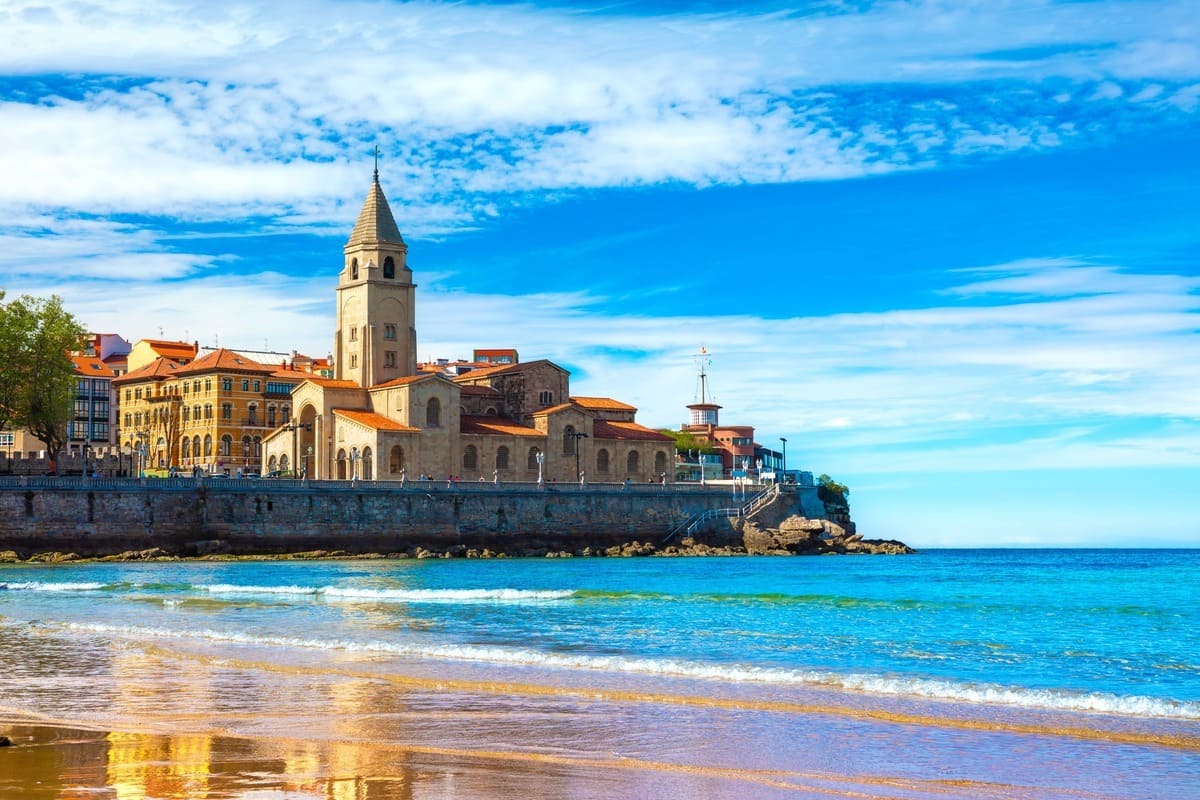

Now that we’ve piqued your curiosity, what is Asturias all about, and why is everyone suddenly this interested in an offbeat, largely rural region in the much-underrated North of Spain?
Discovering Spain’s Hidden Gem
Officially called the Principality of Asturias, this is a historically significant region in northwest Spain characterized by its dramatic coastline, interspersed with sandy beaches and tall sea cliffs, mountainous hinterland, and medieval heritage.
Asturias was one of a handful of regions in the Iberian Peninsula––which includes Spain and Portugal––not to have fallen under Muslim control during the Arab takeover of Spain, which lasted for over 7 centuries.
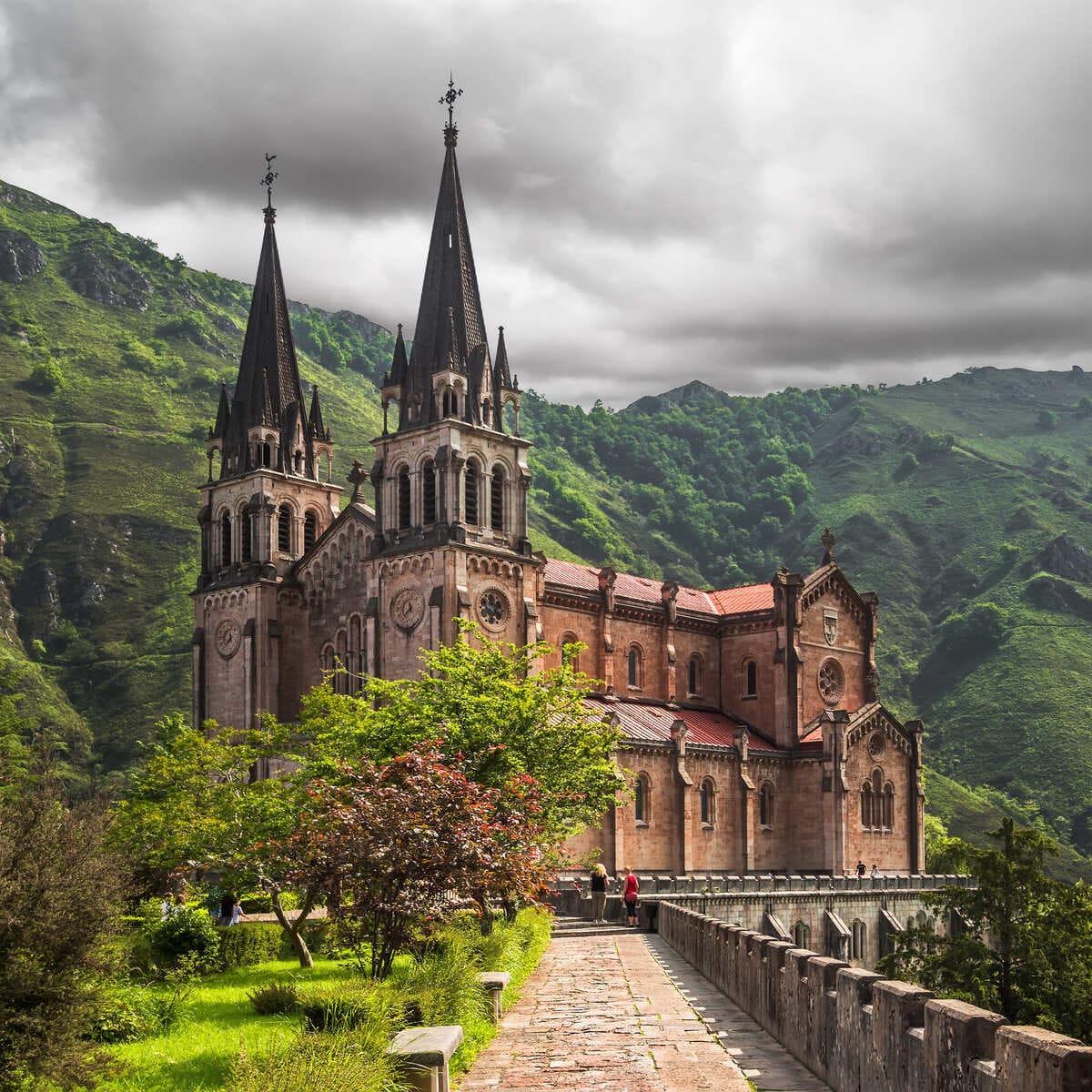

As a result, it’s retained a distinct culture from that of the rest of the country: for instance, it’s still a principality, as the name indicates, with Felipe VI currently bearing the title of Prince of Asturias, and for many centuries, it was considered Spain’s last true Christian stronghold.
Until, of course, the country was reclaimed by the Christians, and this leads us to our first stop on this journey around Asturias:
What Has Asturias Got To Offer?
Visit The Regional Capital


The regional capital is Oviedo, a mid-size city dating back to the Middle Ages, home to the monumental Oviedo Cathedral, one of the most beautiful Gothic monuments in Northern Spain, picturesque plazas bordered by restaurants, and many museums.
The 9th century Iglesia de Santa María del Naranco is a UNESCO World Heritage Site, in recognition of its intact state for a Romanesque structure that is ancient, while Plaza del Fontán has its own traditional market.
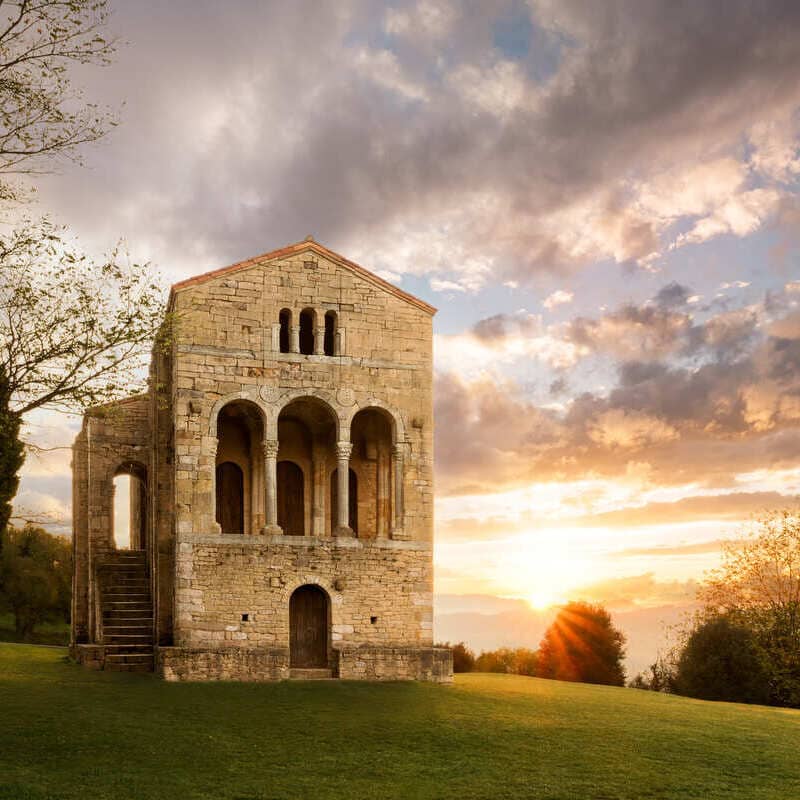

If you’re an art geek, the Museum of Fine Arts of Asturias, located in Oviedo, has a vast collection of European pieces ranging from the Spanish Middle Ages to 20th century Flemish, and for the best fabada in town, make sure you book a table at Taberna Salcedo.
Asturian cuisine is one of the tastiest and most diverse in Spain, and from its white-bean-based dishes to pork shoulder (locally known as llacón), to the usual Northerly chorizo and the hearty Asturian stew, Oviedo’s food scene will not disappoint you.
Swim In Asturias Beaches
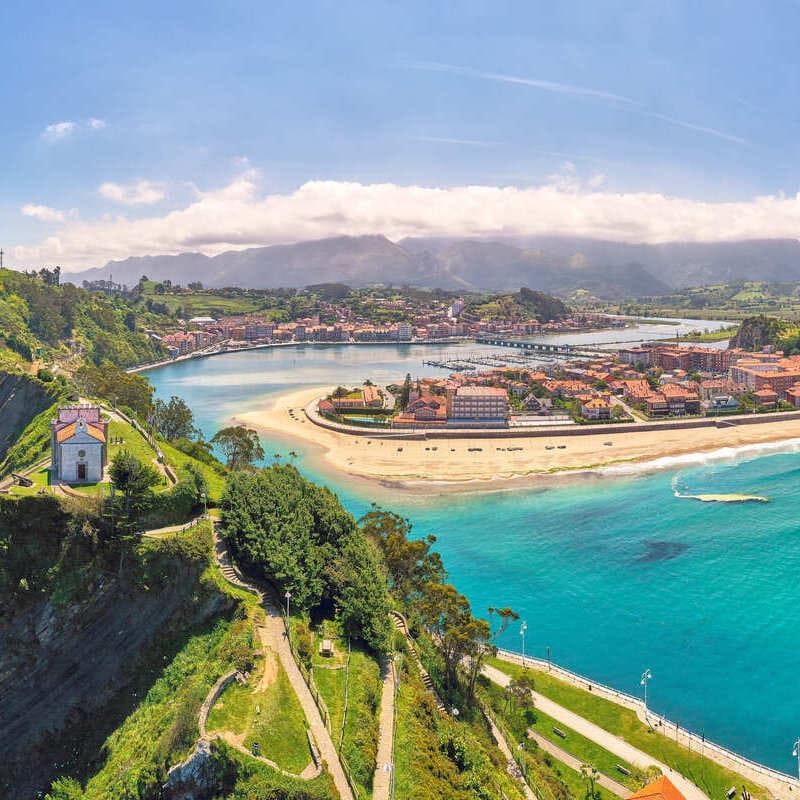

As beautiful as Oviedo may be, you’ll want to head to the Asturian seaside to truly take in the region’s most authentic culture: unfolding along an azure Atlantic for roughly 250 miles, it is lined with vibrant port cities, quaint fishing towns, and picture-perfect beaches.
Let’s start with the main coastal city in Asturias, as well as its largest one, at that (yep, larger even than Oviedo).
From spring, when it’s warm enough, Gijón is the perfect mix of beaches and culture, with its centrally-located Playa de San Lorenzo being hugged by the crystal-clear seas of the Bay of Biscay, and the colorful harbor houses that have barely seen the passing of time.
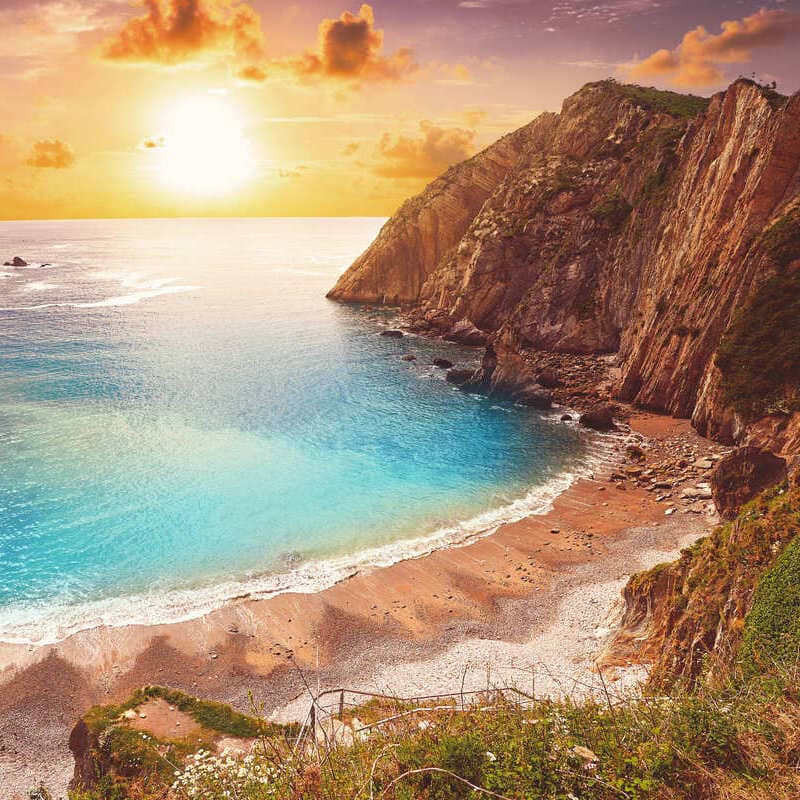

Over in Llanes, a laid-back seaside resort, you’ll find an unspoiled Playa de Guadamía, nestled between cliffs, and if you’re driving out to Playa de Griega, near the small settlement of Colunga, you’ll get the chance to see fossilized tracks left by dinosaurs.
Then there’s Gulpiyuri a unique inland swimming site near a flooded sinkhole, said to be the smallest beach in the world and a well-frequented Playa de Torimbia, straddling the ocean for what seems like endless miles.
While we’re still on the coast, it’s time to tour Asturias’ prettiest seaside settlements:
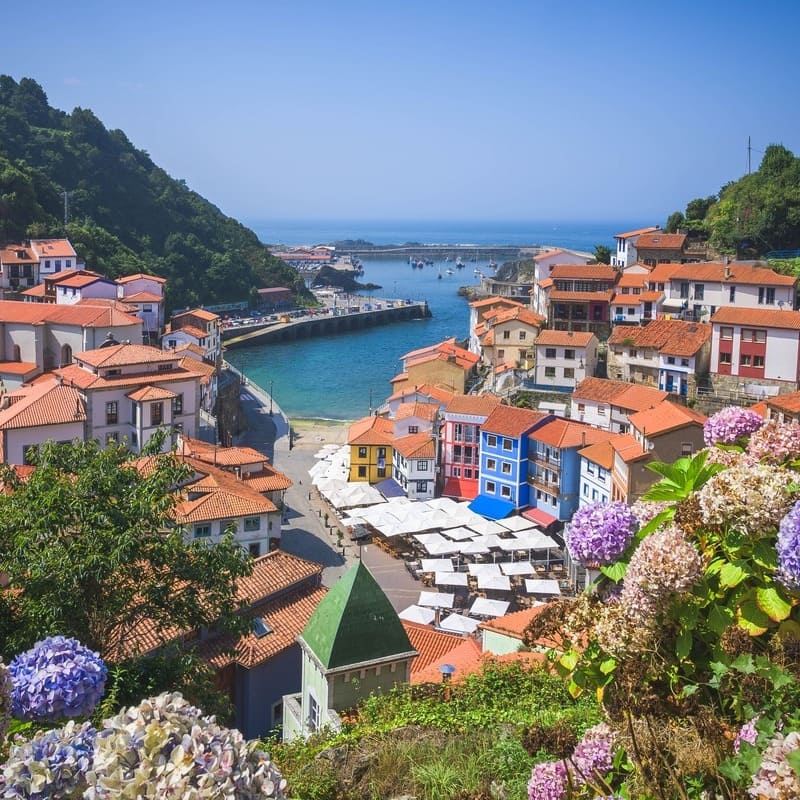

Check Out These Postcard-Ready Villages
Some of the prettiest small towns in Asturias include Cudillero, a quaint village on the Bay of Biscay and a perfect photo op for tourists thanks to its colorful houses, narrow streets, and a marina filled with fishing boats.
Luarca is just as pretty, with a well-preserved center dating back centuries and its fair share of unruffled sandy beaches (not to mention a landmark lighthouse), but if attending the world’s oldest canoe festival happens to be on your bucket list, it’s Ribadesella where you should be headed:
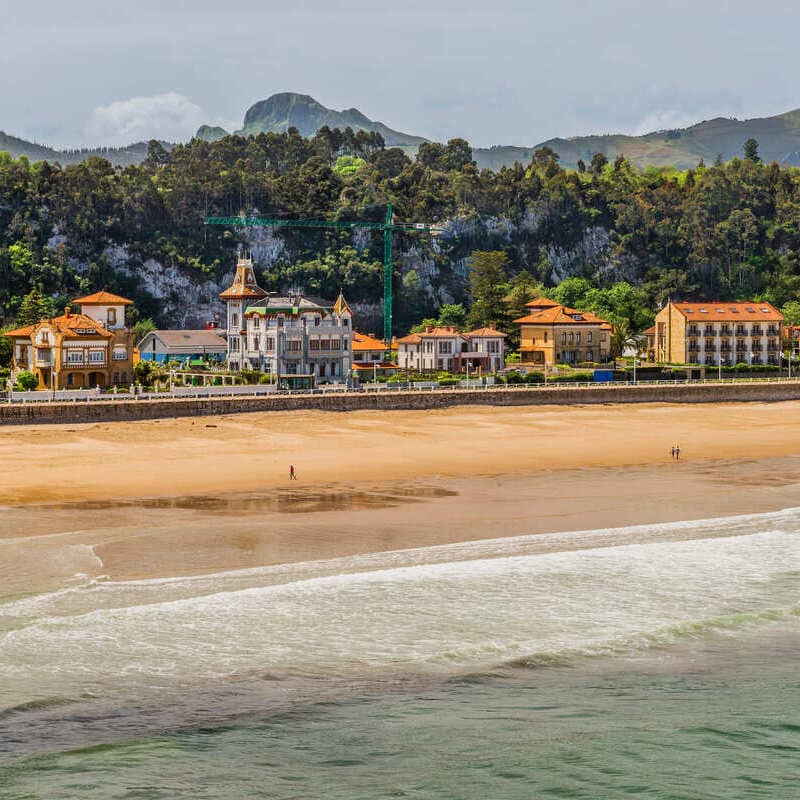

It hosts the annual Descent of the Villaviciosa River, taking place in early August this year, not to mention it has a charming historic center packed with family-run eateries (it’s a bit out of town, but don’t sleep on Meson Sidreria‘s pochopo).
Now that you’ve had your fair share of Instagrammable corners and colorful harbors, ready to put your hiking boots on?
Climb To The Very Top Of Asturias
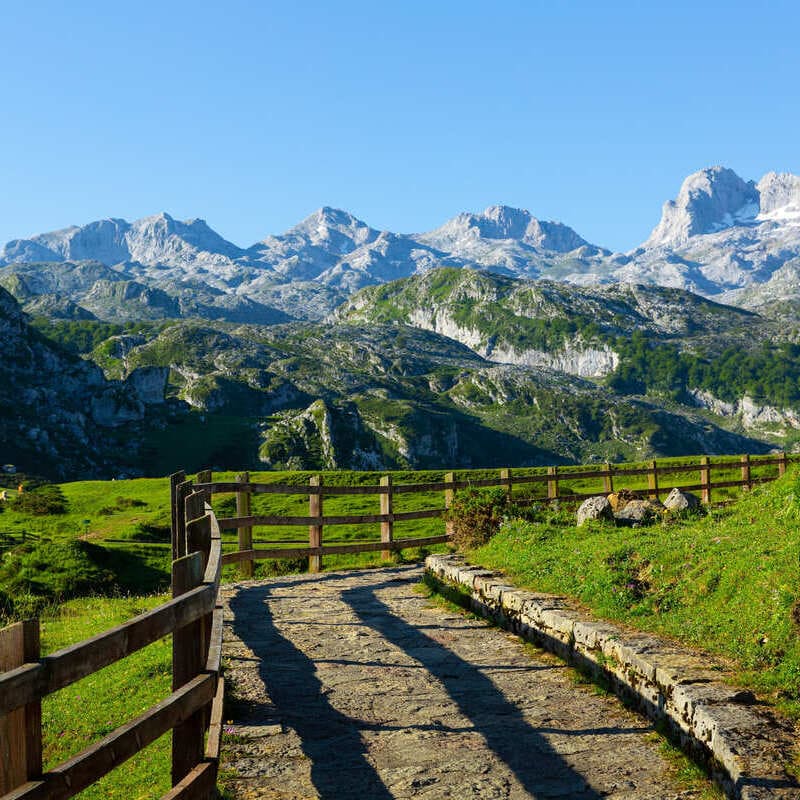

For the hiking enthusiast amongst us, you’ll be thrilled to learn Asturias is one of Europe’s top hiking hotspots, largely due to its Picos de Europa, which cuts through its undeveloped terrain and provides sanctuary for a variety of wildlife.
Brown bears, wolves, eagles, you name it.
It’s also littered with skiing stations for winter, but we’d argue it’s far more beautiful to visit from spring onward when the peaks are clad in lush green, the birds are out, and all footpaths and trails are again accessible.
When the time comes, you’ll be able to join thousands of pilgrims on their way up the peaks to the Sanctuary of Covadonga: Asturias was, for many centuries, Spain’s last Christian outpost, remember?
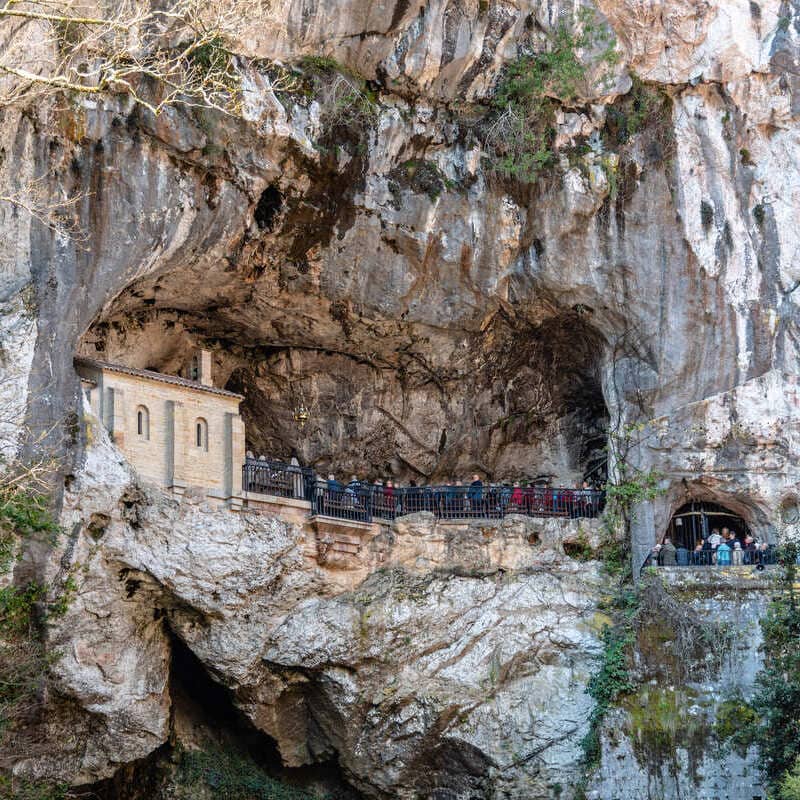

We should probably mention this sanctuary, perched atop a prominent hill, surrounded by the snow-dusted elevations of Picos de Europa, provided the background for the first battle of the Reconquista, the period relating to the Christian reconquest of Spain.
Other than holding sentimental and religious value for Christian Spaniards, it is famous for its tiny chapel built into a cave with a lake underneath.
For more breathtaking natural scenery, head next to the Somiedo National Park, where many more hiking opportunities and deep-turquoise, high-elevation lakes await, and Las Ubiñas-La Mesa Natural Park, the second largest mountain range in Asturias.
Asturias Is Cheaper Than Other Parts Of Spain
Finally, just how Expensive Is Asturias?
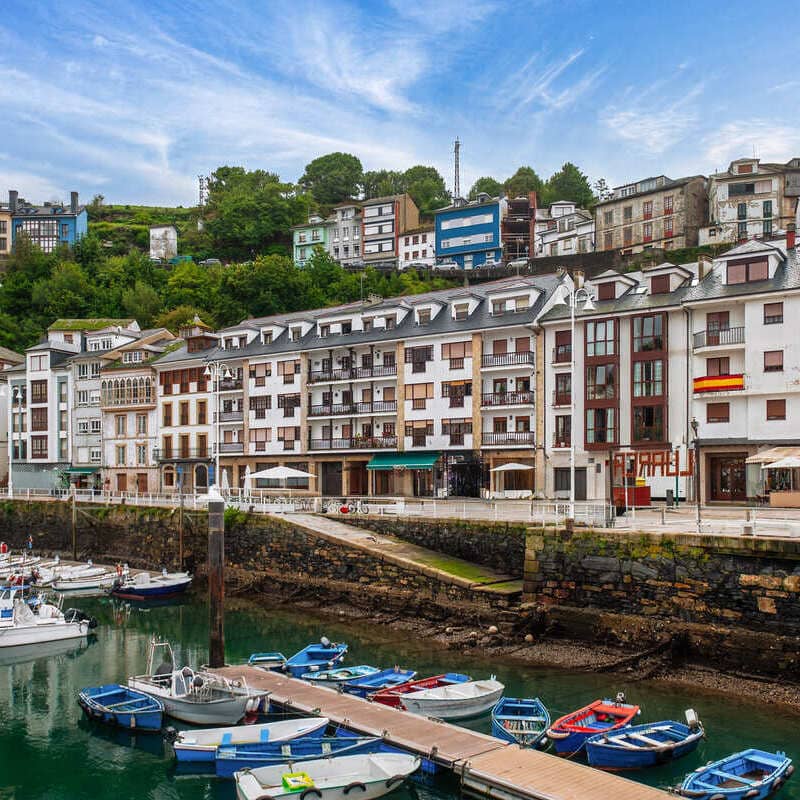

As it is yet to be engulfed by tourism in the way Catalonia, the Balearic Islands, or the Canaries have, Asturias continues to offer visitors a justly-priced alternative to Spain’s beach hotspots.
Believe it or not, booking a standard double room in an Ibis in central Oviedo will set you back by $37-a-night, while the average price of a meal in an inexpensive local restaurant––frequented by Asturians themselves––is $15.47, according to Numbeo.
If you’re keen on hiking the Picos de Europa, Cangas de Onís is the base you’re looking for: a small town nestled in a valley, where some of the most popular trails start from, it has a 5-arched, ancient Roman bridge over a crystalline river, and it’s a safe haven itself for the park’s golden eagles.
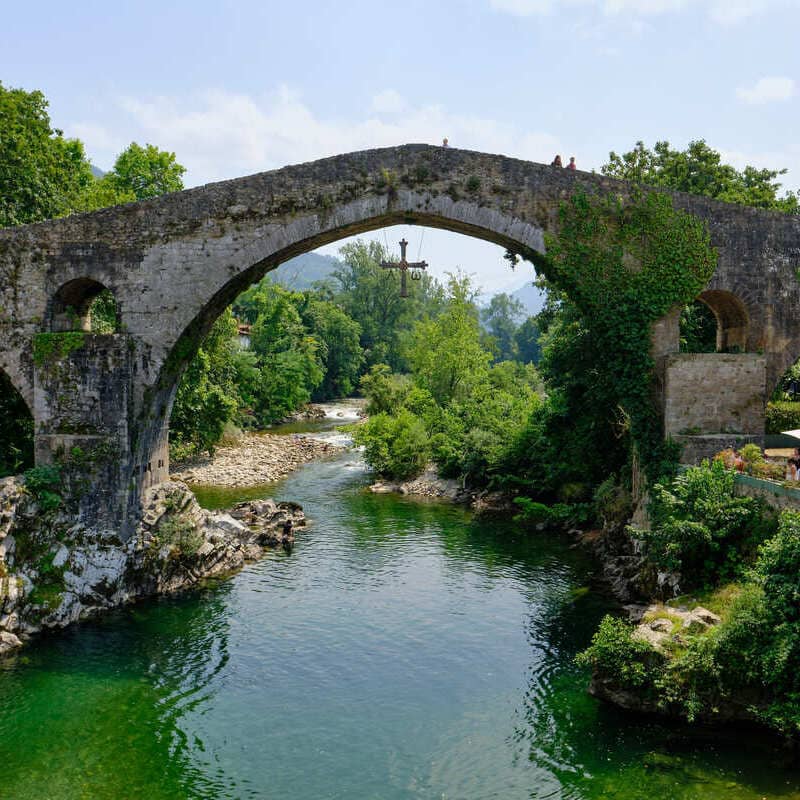

The Puente Romano guesthouse, only a few steps from the Roman bridge, costs $41 per night.
Staying by the seaside instead? A private room at the seafront Hostel Gijón Centro, within walking distance of San Lorenzo Beach and the lively port, averages $41 again.
Are Rising Temperatures Aiding Asturian Tourism?
As El Comercio notes, the popularity of the Principality can be attributed not only to its overlooked cultural value and breathtaking nature but also to the rising temperatures seen across Spain.
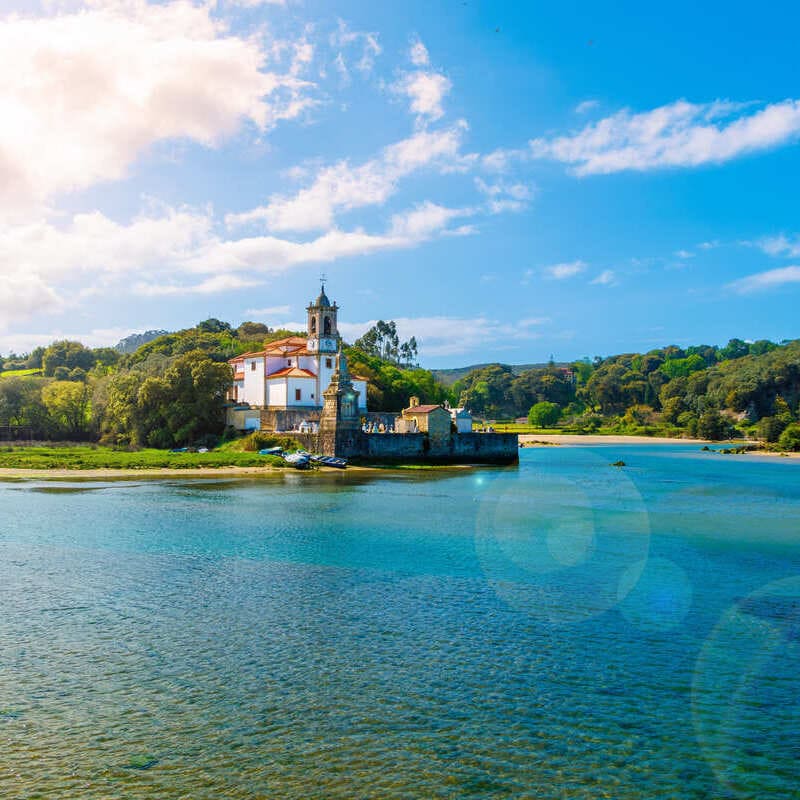

You see, Asturias is Spain, indeed, but with a different flavor of it: it’s in the North, it’s very mountainous, and most importantly, it isn’t on the receiving end of the scorching heatwaves emanating from North Africa, like Malaga or Barcelona are.
The fact it is not a Mediterranean destination has, in fact, played in its favor, as its coast has a temperate climate in summer, rarely reaching unpleasant highs of over 86.0°F, and the mountains are always cooler, irrespective of the season.
If you can’t bear the Southern European heat, you should know weather-wise, Asturias more closely resembles Northwestern Spain or even Southern England (in the warmer months).
How To Visit Asturias From The U.S.
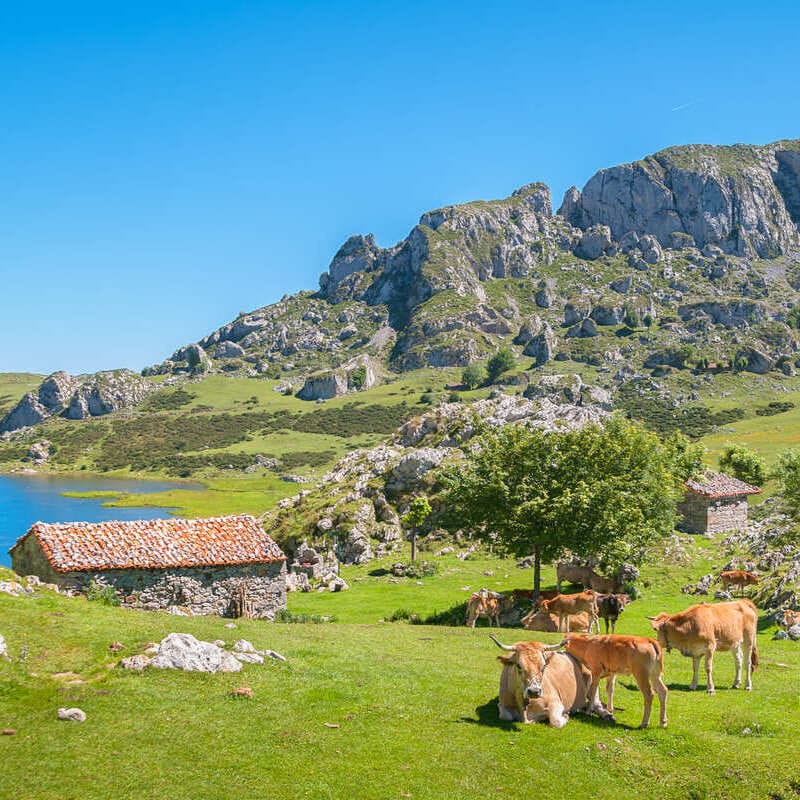

Americans Can Fly Nonstop To The North Of Spain Starting This Year!
Beginning this year, Americans can fly nonstop to Bilbao, the largest city in the neighboring Basque Country, for the first time ever.
The Basque Country is just as fascinating and underrated a part of Spain to discover, yet if you’re intent on reaching Asturias on your next getaway, which we wouldn’t blame you for after seeing all it has to offer, you can land in Basque, and then make your way west to Asturias.
The driving distance from Bilbao to Oviedo is roughly 3 hours, and you’ll be passing by some of the most spectacular scenery both in Basque Country and in Asturias in between.
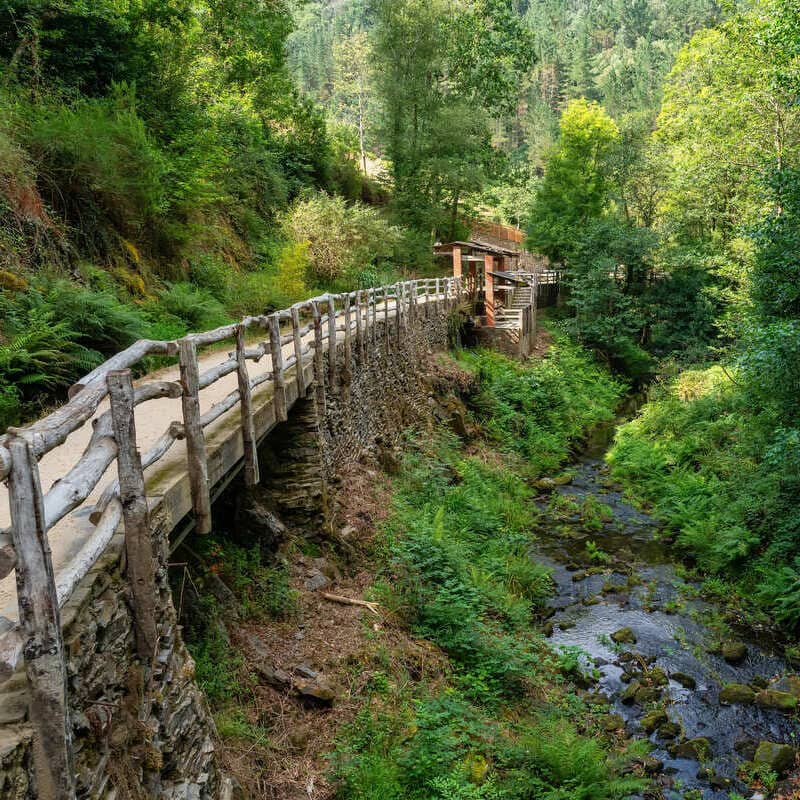

Alternatively, you have more flight options landing in Madrid, where high-speed trains to Asturias (namely Oviedo or Gijon) are available from as cheap as $17 one-way.
If landing elsewhere in Spain or Europe, you can fly to Asturias Airport, located 9 miles from Avilés, 24 miles from Gijon, and 29 miles from Oviedo.
Flights are offered from many European hubs that host transatlantic flights, and Americans can get to them nonstop, such as Frankfurt and Munich in Germany, Lisbon in Portugal, London (Gatwick) in England, and Paris (Orly) in France.
Low-cost airlines such as Volotea and Vueling service some of these routes, with tickets starting from a shockingly-cheap $17.
↓ Elevate Your Travel↓
Sign Up Now For Travel Off Path Premium! No ads, VIP Content, Personal Travel Concierge, Huge Savings, Daily Deals, Members Forum & More!


✈️Join Our Travel Off Path Community Forum: Where travelers unite, ask questions, share experiences and even find like-minded travel buddies!
SUBSCRIBE TO OUR LATEST POSTS
Enter your email address to subscribe to Travel Off Path’s latest breaking travel news, straight to your inbox.
This article originally appeared on TravelOffPath.com
Opinions expressed here are the author’s alone, not those of any bank, credit card issuer, hotel, airline, or other entity. This content has not been reviewed, approved or otherwise endorsed by any of the entities included within the post.



